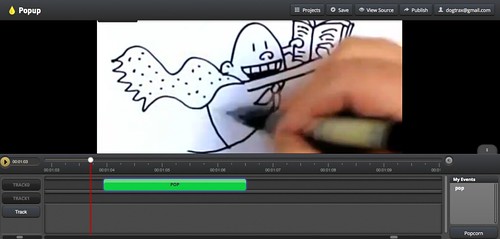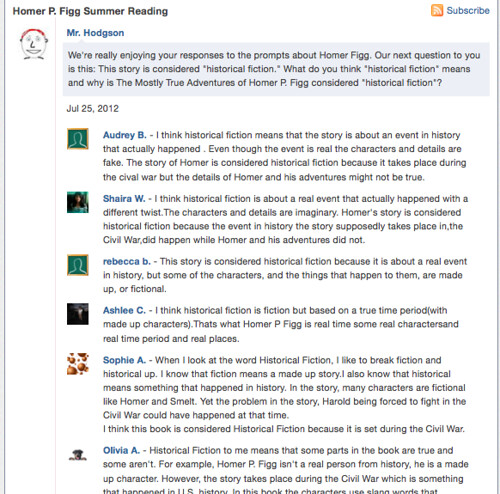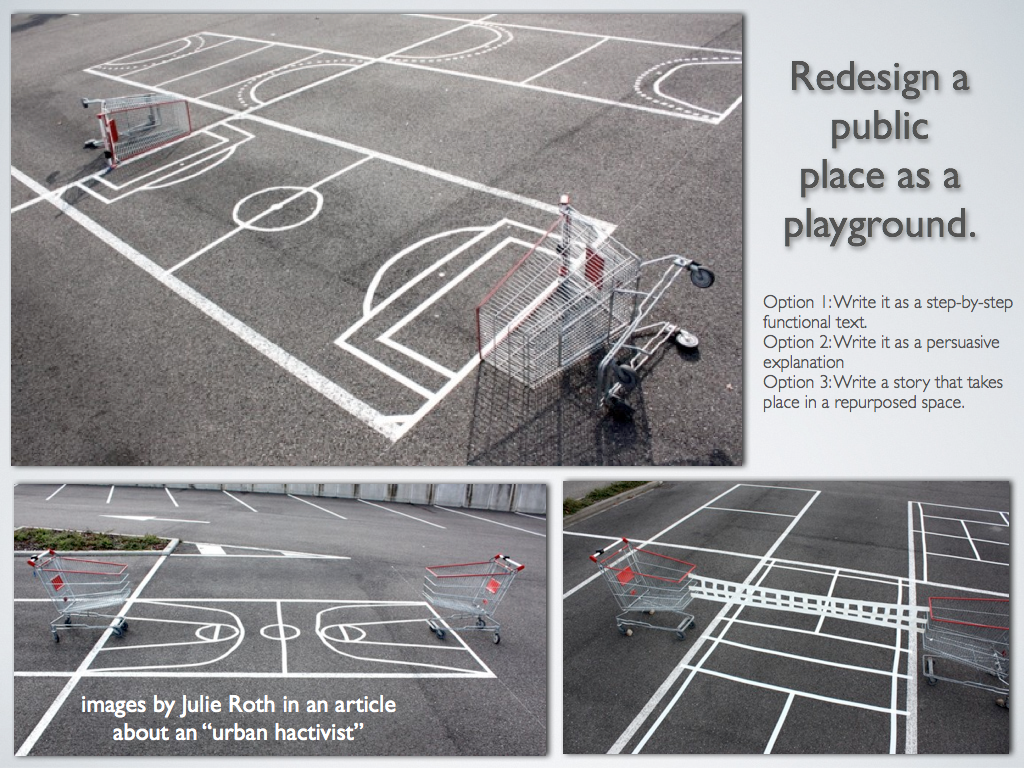
I was saddened to see that one of my favorite podcasting sites — Cinch.fm — is shutting down. I guess I can’t be too surprised. It was free, and in the end, free sites run the risk of slowly being put out to pasture by companies. Still, Cinch worked nicely for me, as a writer and as a teacher. One of the things I loved is how Cinch could be accessed across multiple platforms, so my students used the Cinch App on our iPod touches to do podcasting while I often shared the audio from the Cinch website onto our classroom blog. I also called into Cinch more than a few times from my cell phone to podcast reflections from conferences.
And it was free.
But this is what they emailed me, and what is posted on their website:
Dear Cinch.FM Users,
We’re sorry to announce that the Cinch.FM web site and iPhone application will be shutting down on August 20, 2012.
After this date, no new content will be accepted, and your iPhone application will cease to function. Also, no new Cinch.FM accounts will be allowed after the 20th.
Those of you with Cinch.FM accounts will be able to download your content by logging into your account. The content will be available for you to download for two months, until October 20, 2012. Any Cinch.FM players you’ve published on your blog or other web site will continue to function during this time, and the RSS feeds will also continue to work.
After October 20, 2012, all Cinch.FM content and services will be terminated. You must download your content before this date, or it will be lost!
– Cinch.FM
I’m now going to have go see what I want to download and save from my personal and classroom Cinch sites, and then begin the research of finding an alternative for my classroom, in particular. Any ideas? I want to find something easy to use, that has an app and web version, and is free. That’s not too much to ask, is it?
So long, Cinch. I really enjoyed you as a platform for getting my voice, and my students’ voices, out into the world.
Peace (in the podcast),
Kevin



